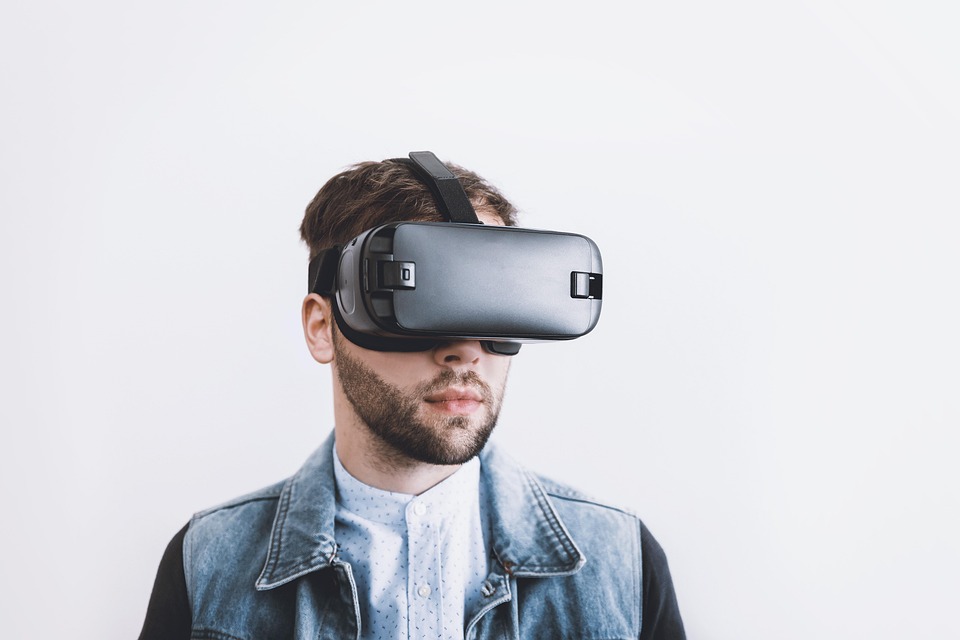Introduction to 5G Technology
5G technology represents the fifth generation of mobile networks, designed to significantly enhance the speed, coverage, and responsiveness of wireless networks. The evolution from 4G to 5G has been driven by the increasing demand for mobile data, the proliferation of connected devices, and the growth of the Internet of Things (IoT). With theoretical speeds reaching up to 10 Gbps and latency as low as 1 millisecond, 5G technology promises to revolutionize various sectors including telecommunications, healthcare, transportation, and entertainment.
Technical Overview of 5G
5G technology operates on three primary frequency bands: low-band, mid-band, and high-band (or mmWave). Each band serves different purposes and offers distinct advantages.
Low-Band 5G
Low-band 5G operates below 1 GHz and offers extensive coverage, making it suitable for rural areas. However, its speed is comparable to 4G LTE, reaching around 50-250 Mbps.
Mid-Band 5G
Mid-band 5G, operating between 1 GHz and 6 GHz, provides a balance between coverage and speed, achieving rates of 100-900 Mbps. This band is ideal for urban areas where a larger number of users require high-speed connectivity.
High-Band (mmWave) 5G
High-band 5G, also known as mmWave, operates above 24 GHz, offering extremely high speeds of 1-10 Gbps. However, its range is limited, and it is more susceptible to physical obstructions, making it suitable for dense urban environments and specific applications like stadiums and convention centers.
Impact of 5G Technology
The deployment of 5G technology is poised to have a profound impact on various industries, fundamentally altering how businesses operate and how consumers interact with technology.
Telecommunications Industry
The telecommunications sector is at the forefront of the 5G rollout. Major carriers like Verizon, AT&T, and T-Mobile have invested heavily in infrastructure, collectively spending over $200 billion on 5G deployment. The introduction of 5G is expected to increase mobile data traffic significantly, predicted to reach 77 exabytes per month by 2025, according to Cisco’s Visual Networking Index.
Healthcare Sector
In healthcare, 5G technology enables telemedicine, remote monitoring, and real-time data transfer, significantly improving patient outcomes. For example, surgeons can perform surgeries using robotic systems controlled via 5G networks, allowing for precision in remote locations. The global telemedicine market, which was valued at $25.4 billion in 2019, is projected to reach $175.5 billion by 2026, partly fueled by the capabilities of 5G.
Transportation and Autonomous Vehicles
5G plays a crucial role in the development of autonomous vehicles. The technology facilitates vehicle-to-everything (V2X) communication, allowing cars to communicate with each other and their surroundings. This connectivity can significantly reduce accidents and improve traffic management. The global market for connected and autonomous vehicle technology is expected to reach $57 billion by 2025, driven by advancements in 5G.
Smart Cities and IoT
The implementation of 5G will accelerate the development of smart cities. With its high-speed connectivity, 5G can support a vast number of connected IoT devices, enhancing urban infrastructure management, energy consumption, and public safety. The smart city market is projected to grow from $410 billion in 2020 to over $820 billion by 2025, with 5G acting as a foundational technology.
Challenges and Concerns Associated with 5G
Despite the potential benefits, the rollout of 5G technology faces numerous challenges and concerns.
Infrastructure and Cost
The deployment of 5G requires substantial investment in infrastructure, including the installation of thousands of small cells and fiber-optic networks. Estimates suggest that the total investment needed for global 5G infrastructure could exceed $1 trillion by 2030.
Health Concerns
There are ongoing debates about the health implications of 5G technology. Some studies have raised concerns about the potential biological effects of increased electromagnetic radiation. Regulatory bodies like the World Health Organization continue to monitor and study these effects to ensure public safety.
Security Risks
The increased connectivity provided by 5G also raises significant cybersecurity concerns. The proliferation of IoT devices connected to 5G networks can create more vulnerabilities for hackers to exploit. As a result, robust security measures and protocols will need to be established to protect sensitive data and critical infrastructure.
Conclusion
5G technology is set to transform various industries and improve the quality of life for individuals globally. While challenges remain in terms of infrastructure, health, and security, the potential benefits of 5G are enormous. As we move towards a more connected future, the successful implementation of 5G will play a crucial role in shaping the digital landscape.

